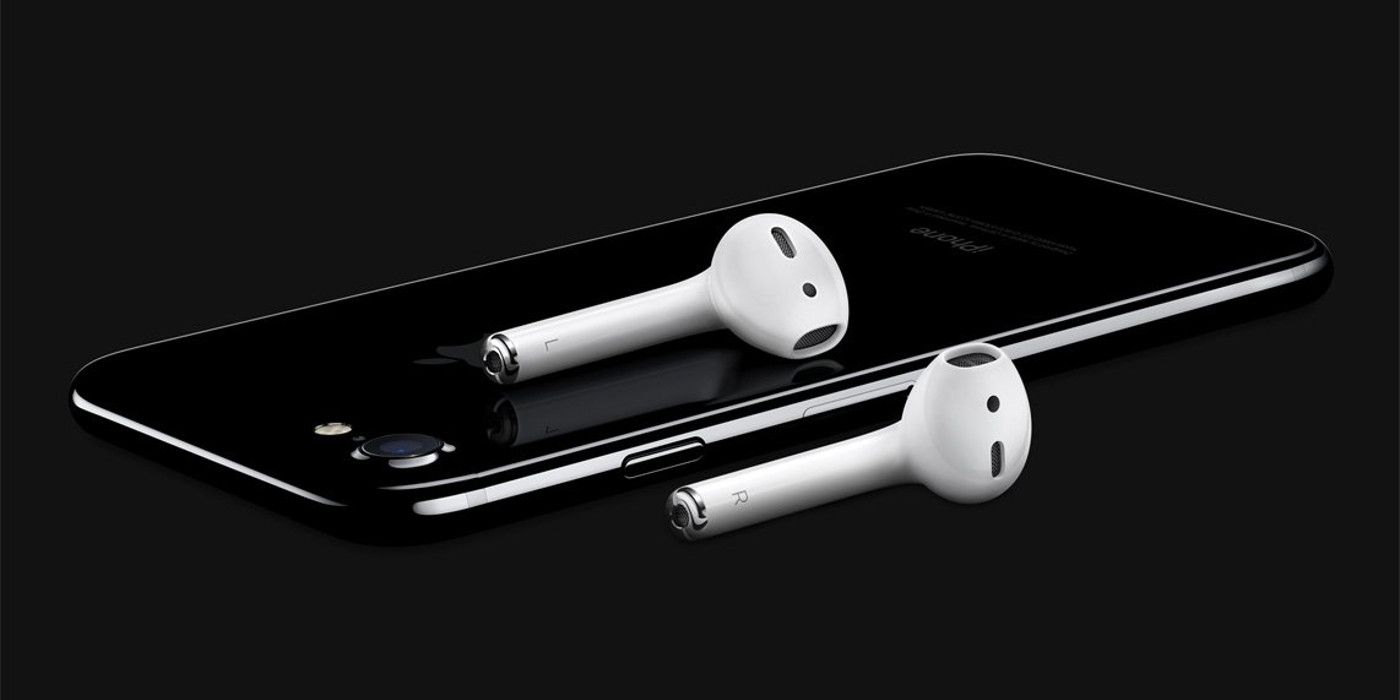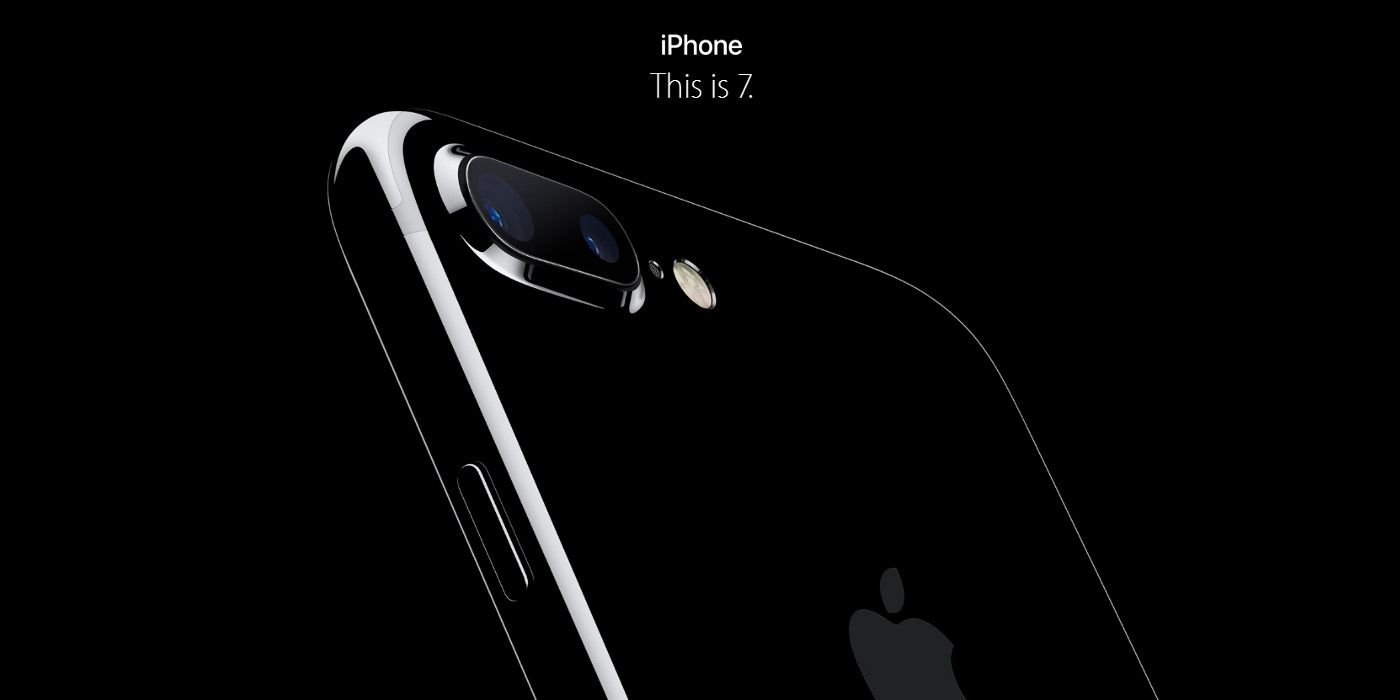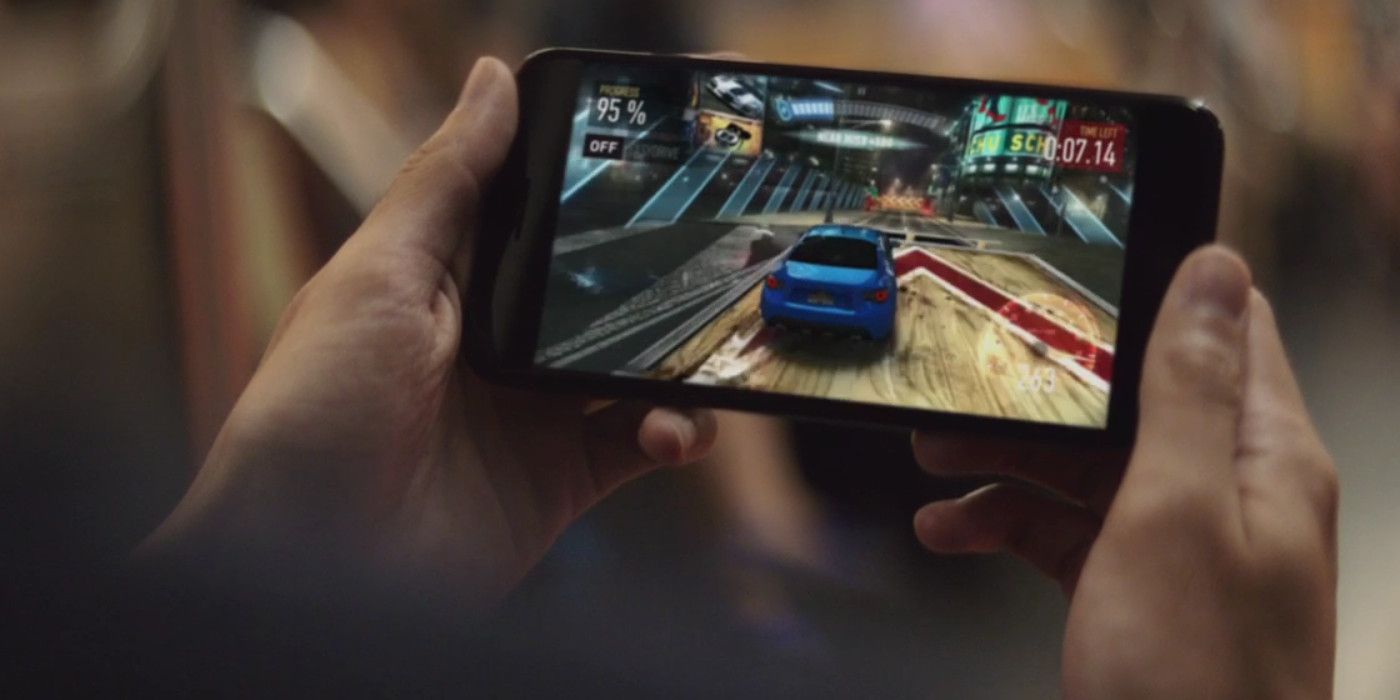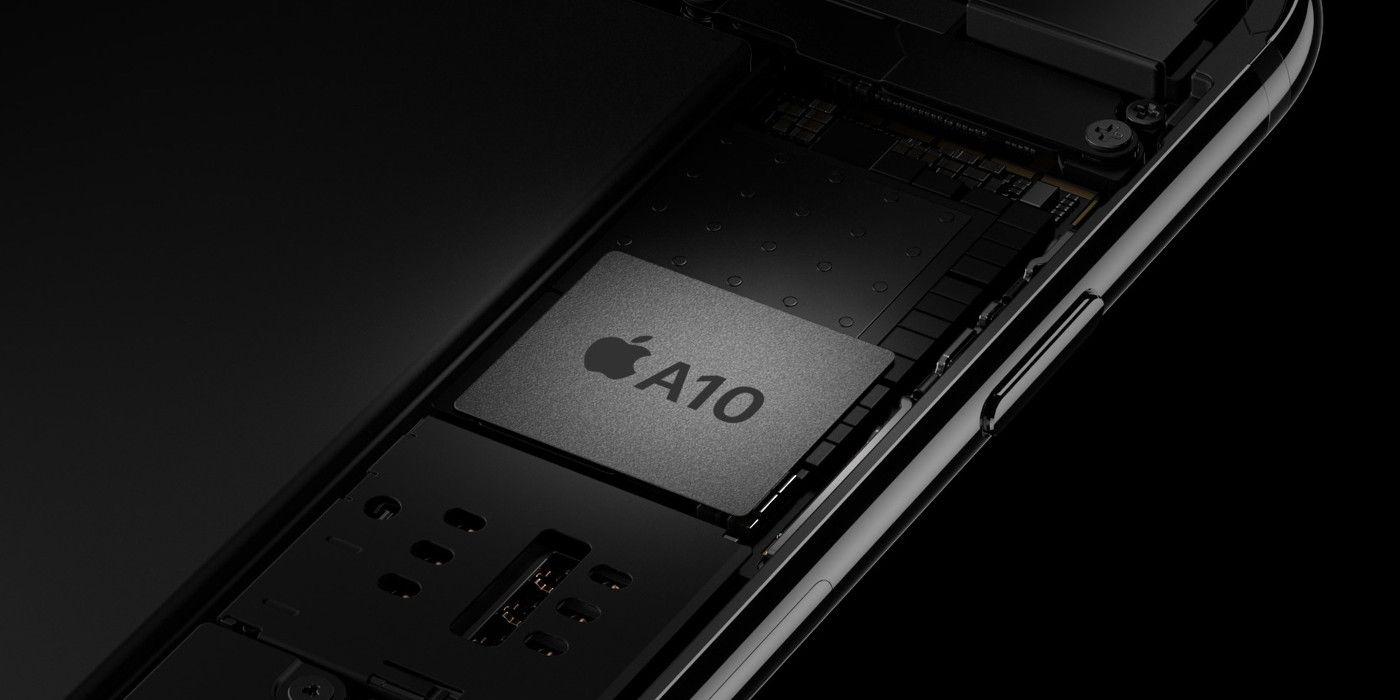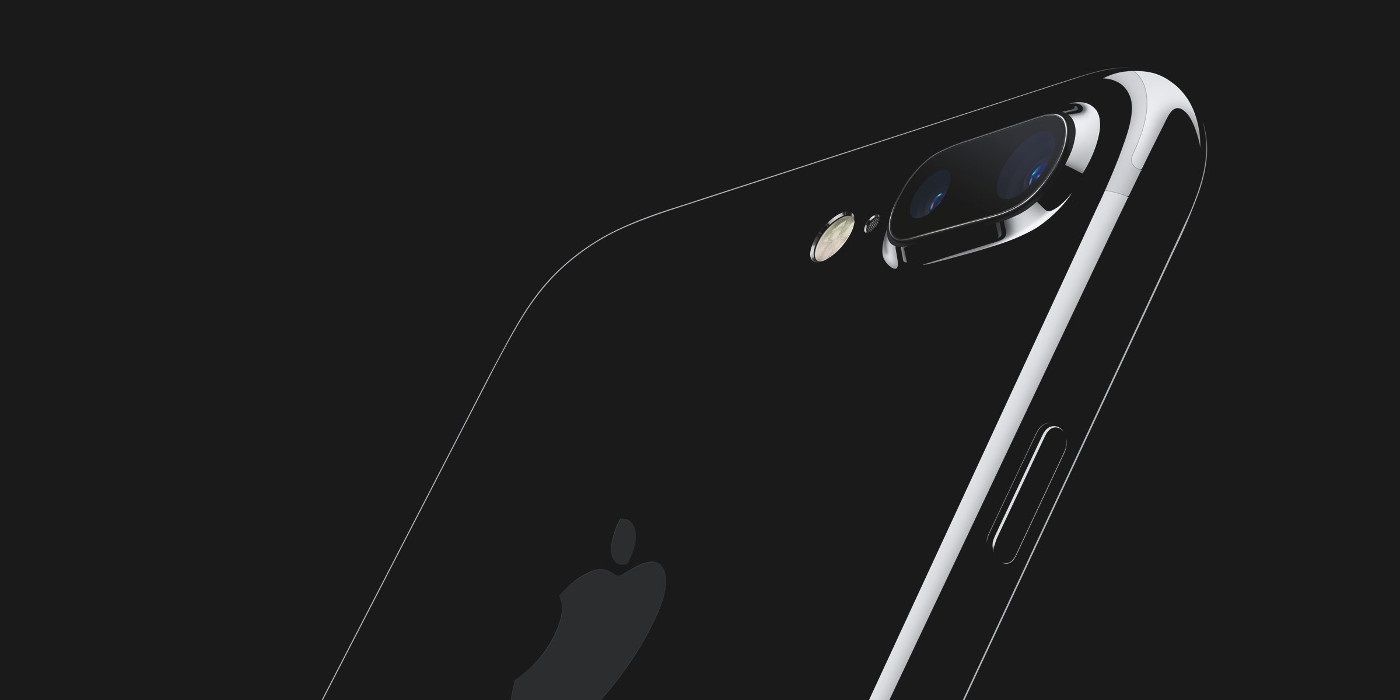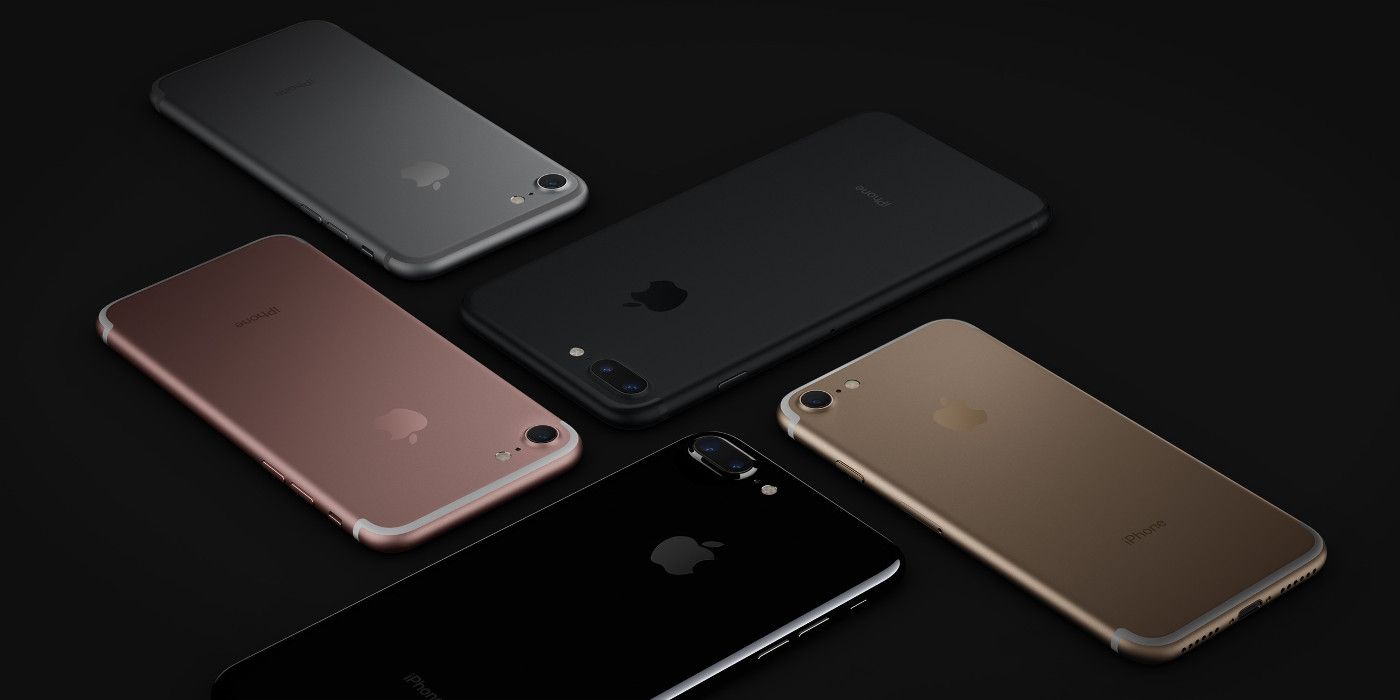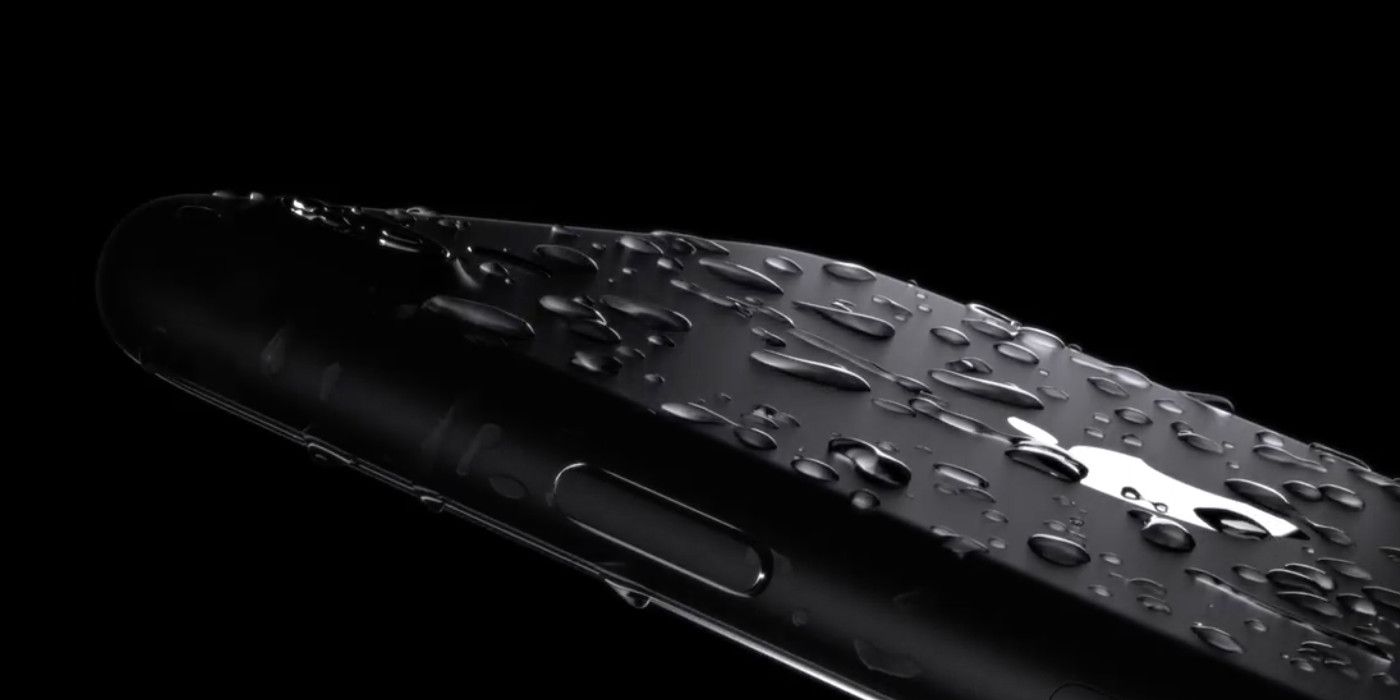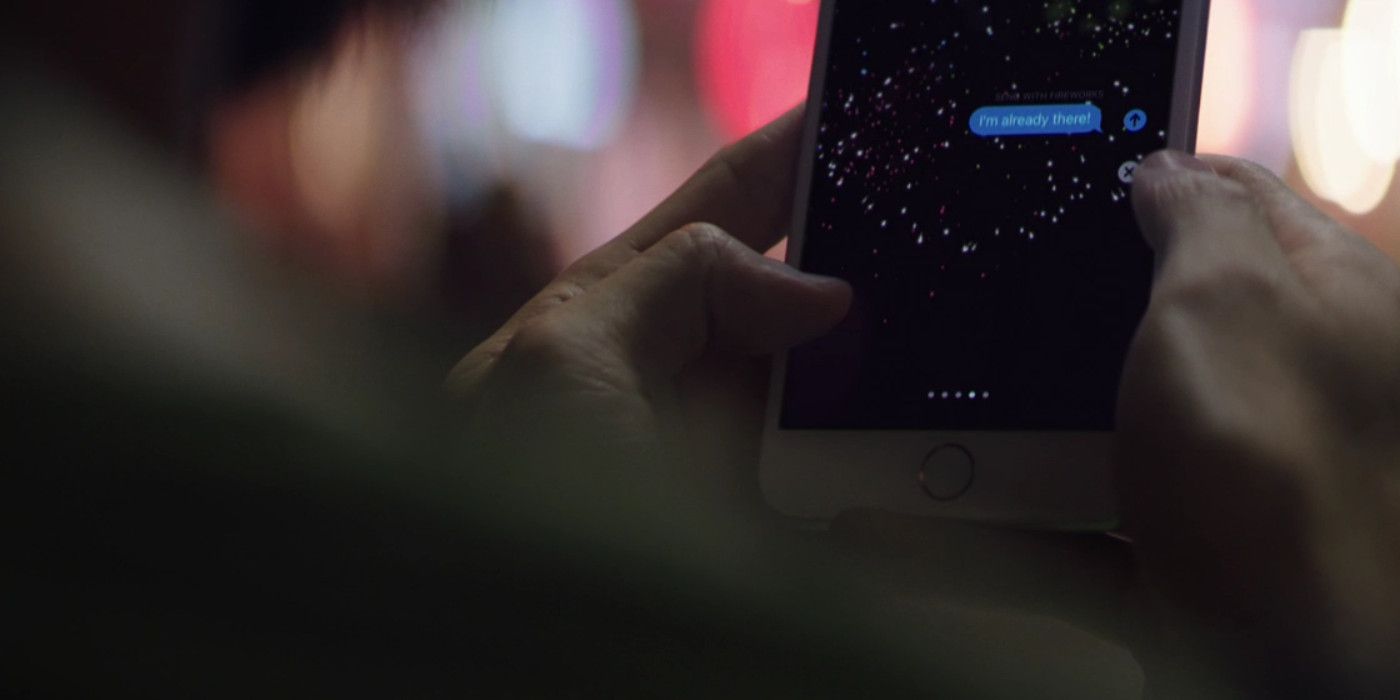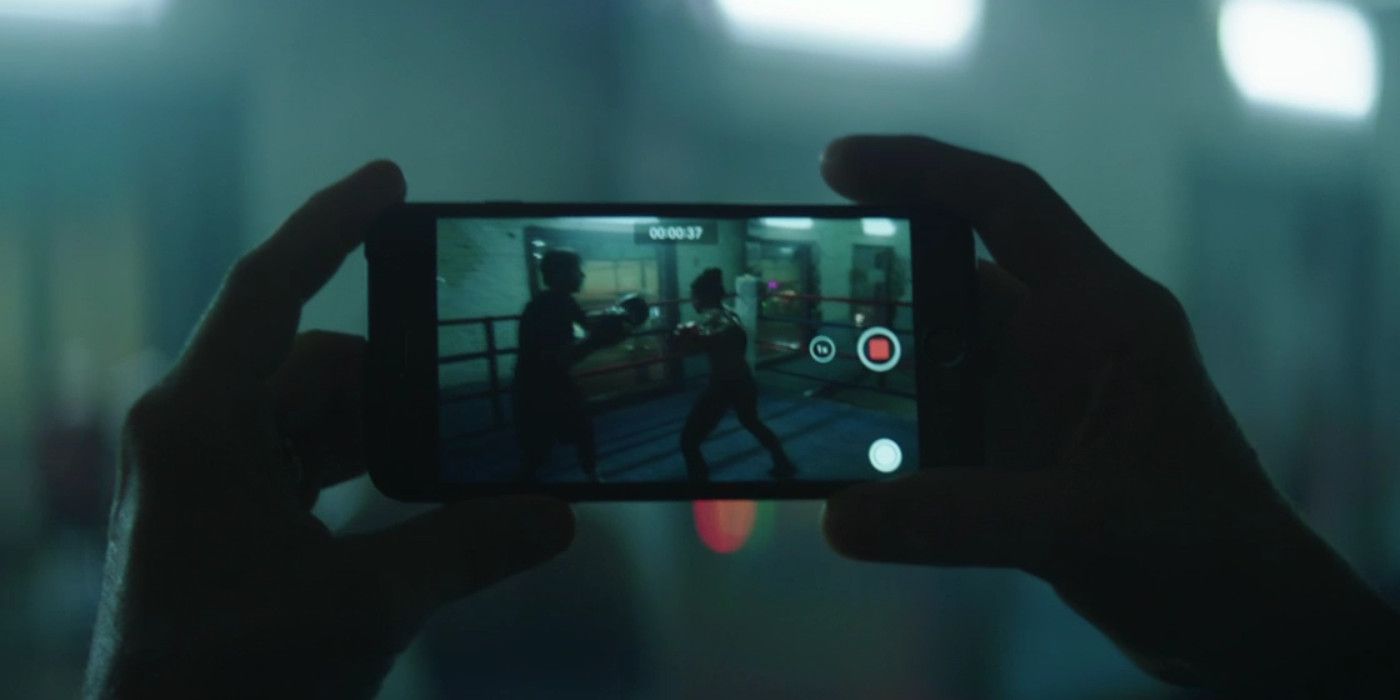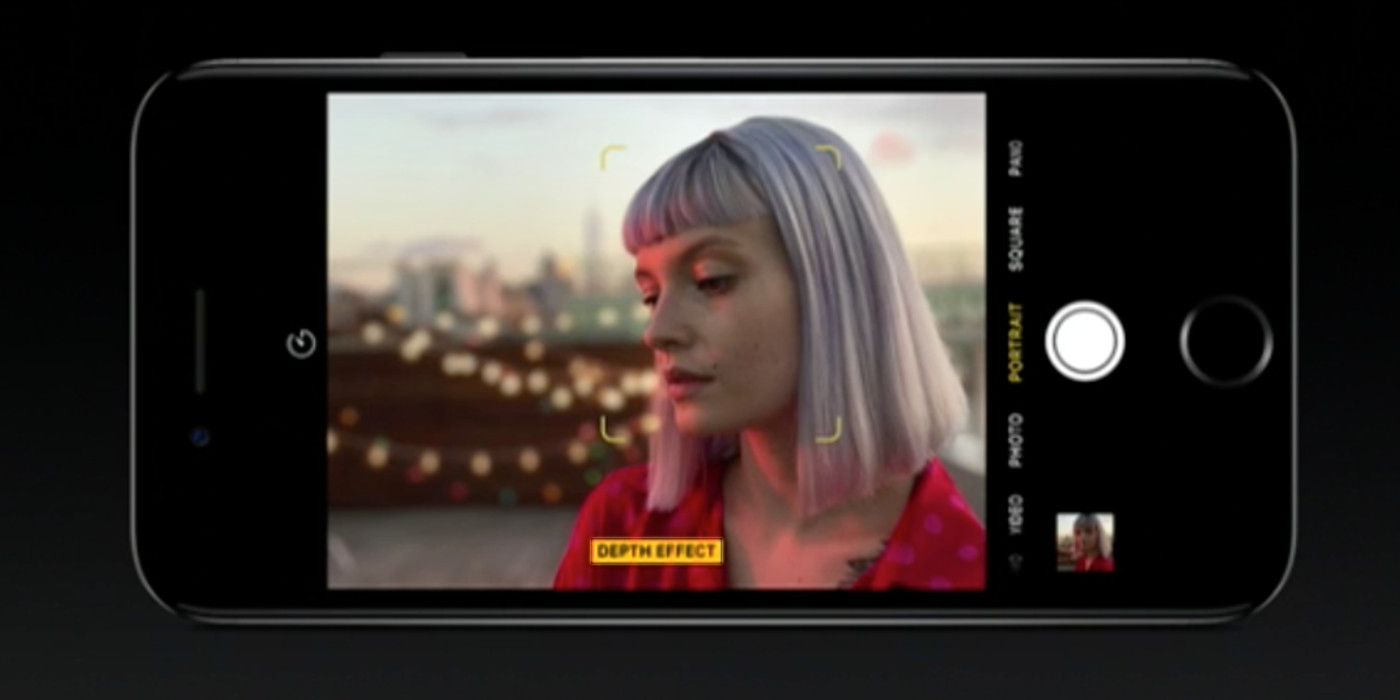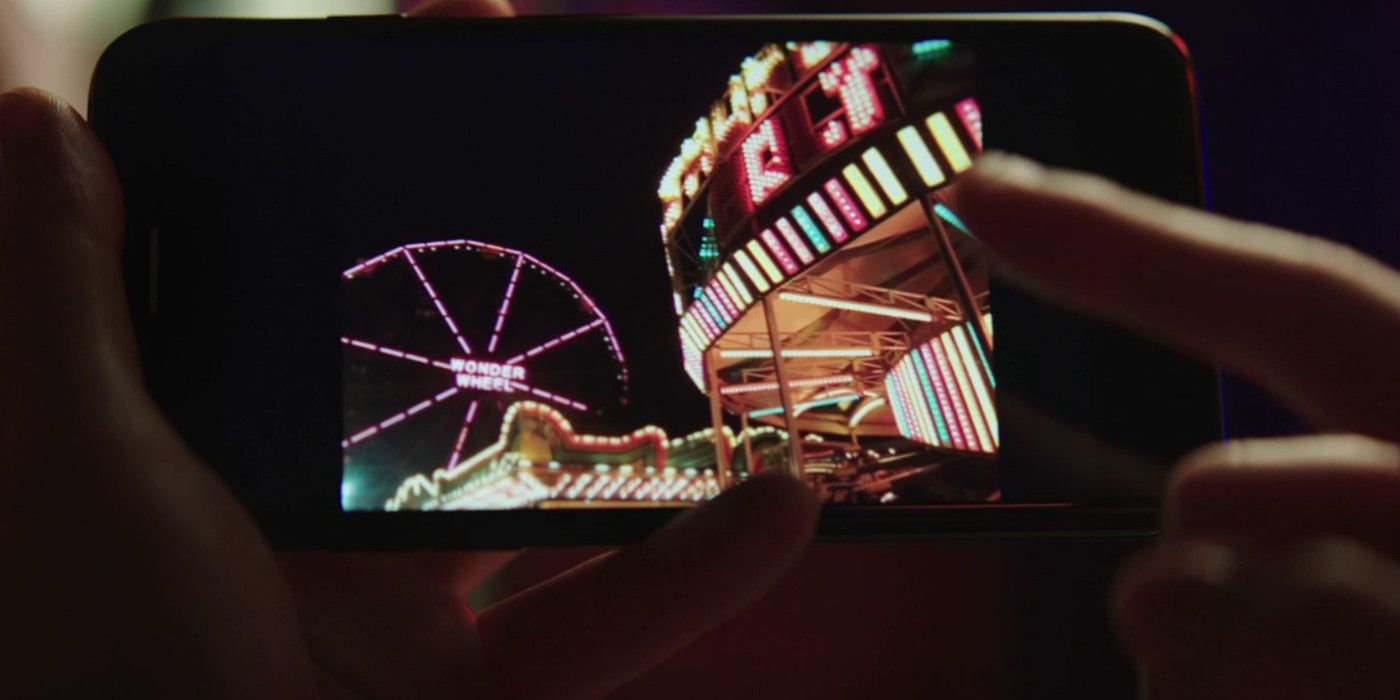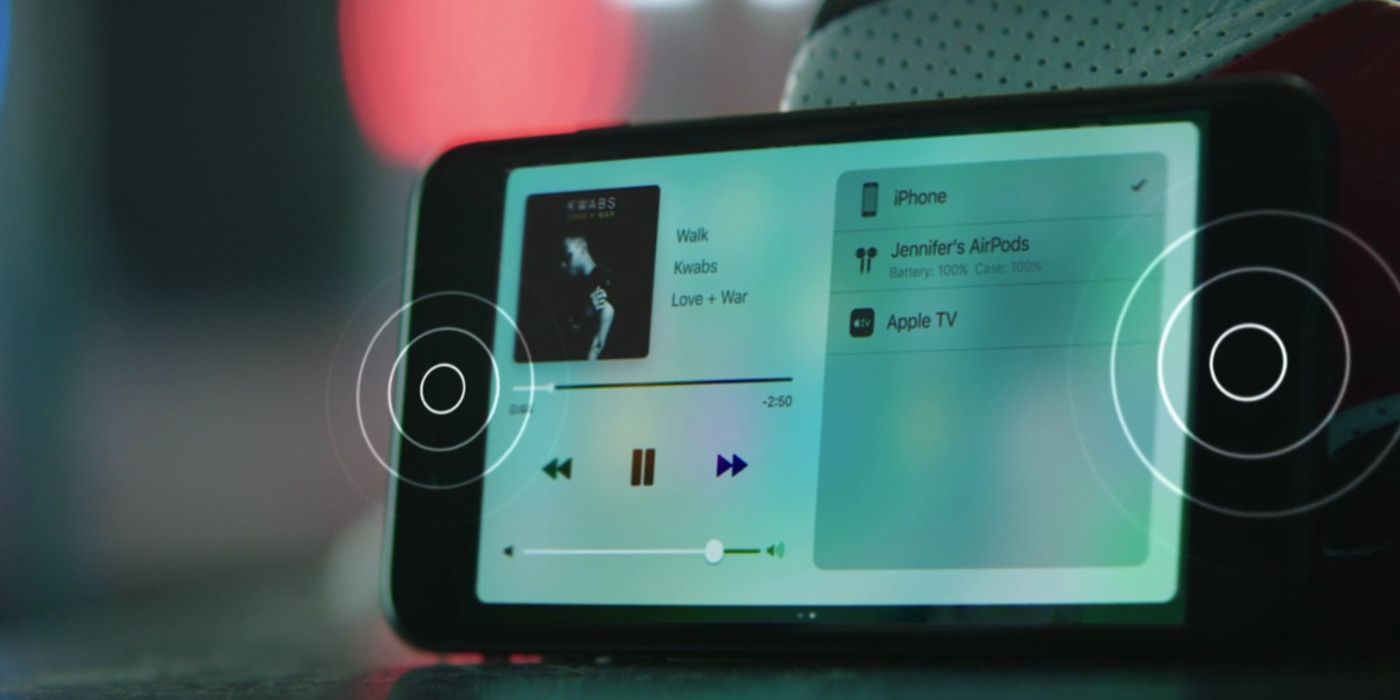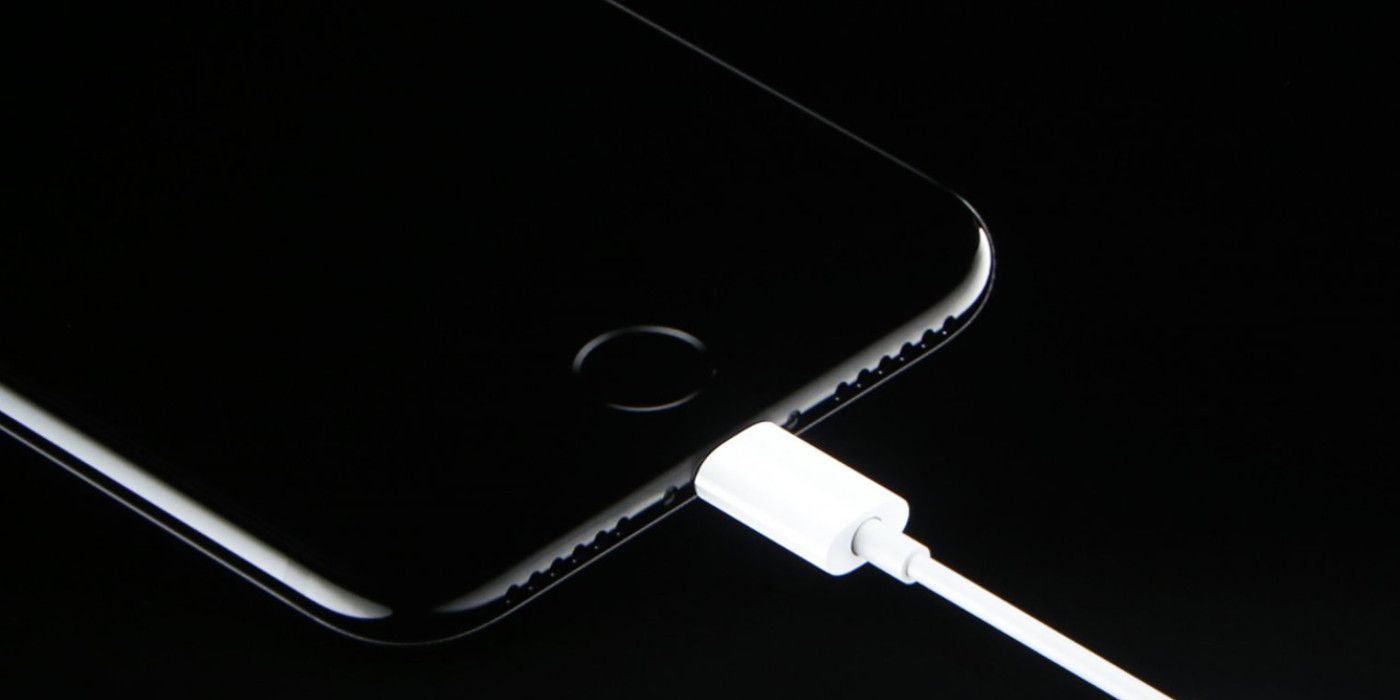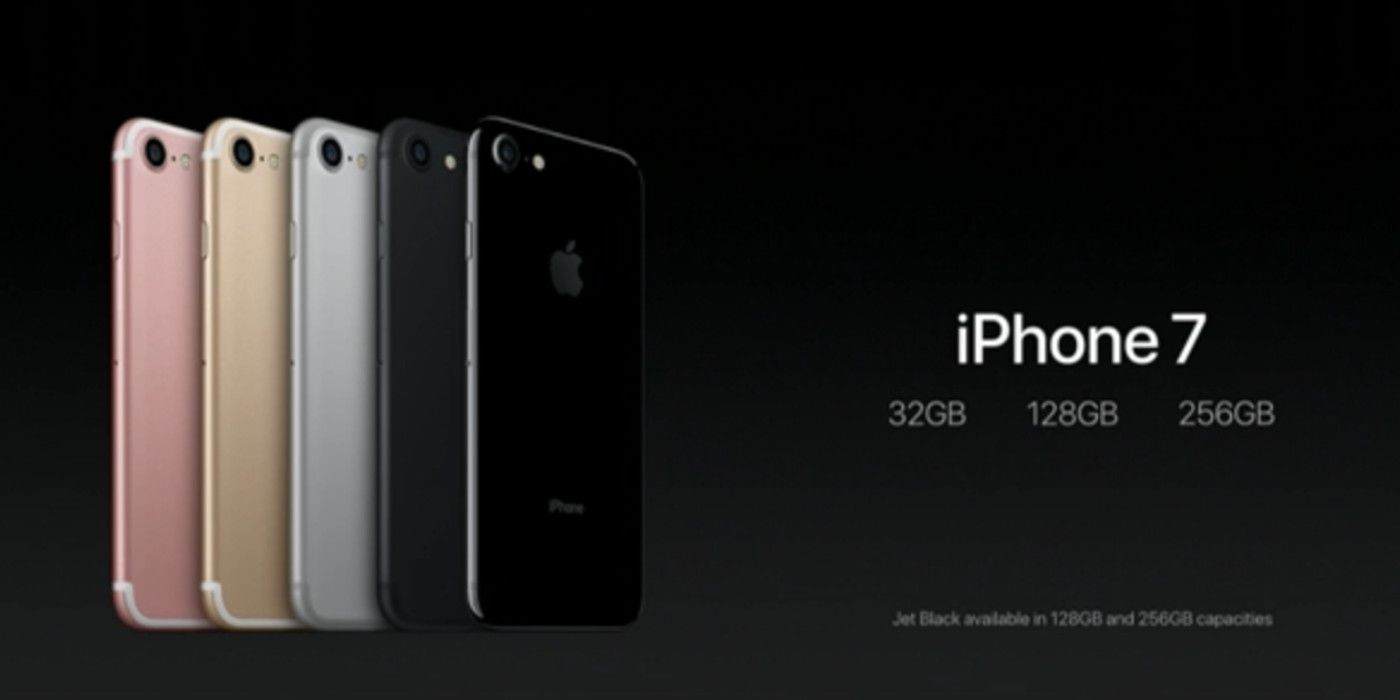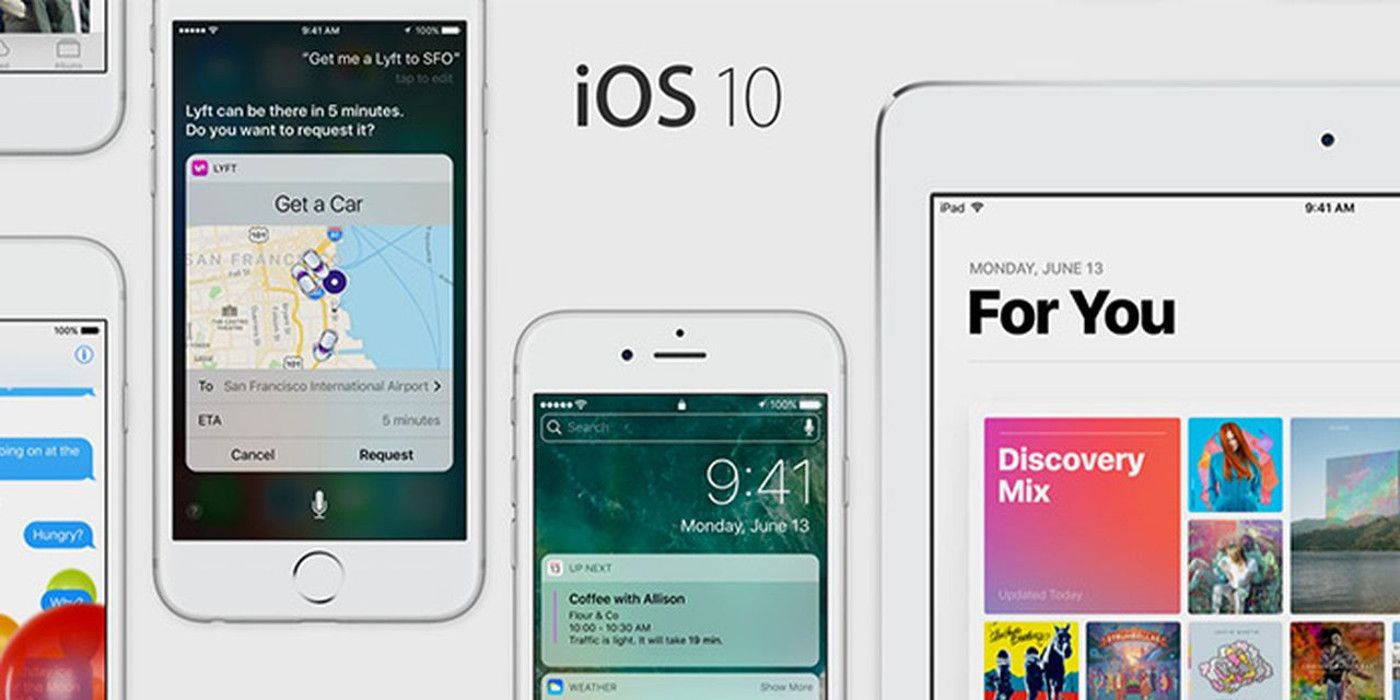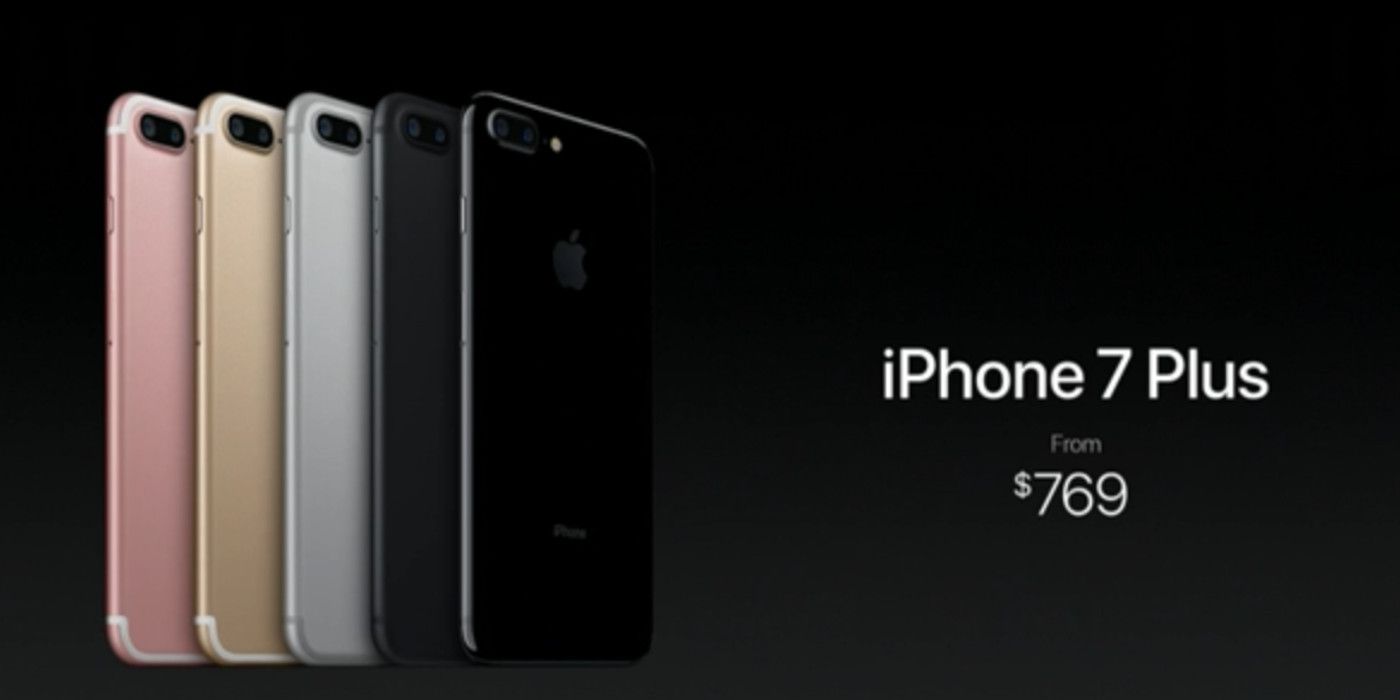Media consumption has skyrocketed in recent years thanks to increases in data speeds, the proliferation of streaming media, and near constant advancements to smartphones -- allowing people to watch their favorite movies and shows or play their favorite games on the go. In fact, Netflix and YouTube account for over 50% of total internet traffic in North America, with 70% percent of total traffic coming from mobile devices.
With Apple’s iPhone regularly leading the charge, all eyes were on Apple as they unveiled the new iPhone 7 with the typical flair, including claims that is was the “best iPhone ever” (as if they were going to release something worse than a previous model), all capped off by a musical performance by Sia.
The iPhone 7 may not be the device for everyone, but many of the improvements Apple implemented with this newest iPhone model could have a significant impact on the ways we produce, consume, and interact with our media and other entertainment. To break down all the new features and additions, here is Everything You Need to Know About The iPhone 7.
15. Gaming
The iPhone is already one of the most popular gaming devices ever made, selling more units than any other game console manufacturer. Sure, it’s not exclusively meant for gaming, and mobile games are hardly comparable to many of the massive titles people want to play when they buy a PS4 or Xbox One, but more people are playing games on mobile devices than any other device.
Embracing this status, Apple has delivered huge improvements in graphics processing and gaming experience on the iPhone 7. The new A10 Fusion chip includes a six-core GPU that delivers a 50 percent faster graphics performance than its predecessor, the A9, in the iPhone 6s. Apple’s senior VP of worldwide Marketing, Phil Schiller, promised the performance of the iPhone 7 would allow for console-quality gaming, although it’s important to note that - raw power aside - until the iPhone can display games on a big screen and utilize a traditional gaming controller, “console quality gaming” is a term that needs to be taken with a big grain of salt.
That doesn’t mean mobile games are inferior, though. Pokemon GO’s popularity is a big indicator of this, and Apple acknowledges the game’s success with the addition of Apple Watch support for iPhone toting Pokemon trainers.
Apple also marked a momentous occasion by officially bringing Nintendo’s Shigeru Miyamoto on stage to announce Super Mario Run, which will be Nintendo’s first branded foray into to mobile gaming, a realm the company his been resisting for some time.
14. Performance
In addition to a huge boost in graphics performance, the A10 Fusion chip also boasts a massive increase in speed from the iPhone 6S, with performance Schiller says is 40% faster than the A9 in the 6S, and twice as fast as the A8 in the iPhone 6. The A10 has four processing cores, although only two of those will be used at a time, with one pair designed for power, used during performance intensive tasks like video editing, and the other pair designed for less demanding tasks like web browsing or email.
The jump in speed isn’t as marked as the 70% gained in the jump from the A8 in the iPhone 6 to the A9 in the 6S, but a 40% speed boost is still nothing to sneeze at, when improvements in other areas tend to be far more incremental. Apple also referred to the A10 Fusion as the fastest CPU ever offered in a Smartphone, a likely accurate claim, but we can expect speed tests to show just how well it compares to its nearest competitors after it gets into the hands of reviewers.
13. Design
Apple has a history of sticking with a mostly similar design for each iPhone model and its associated “S” variant before moving on to a new look. This was true for the 3G and the 3GS, the 4 and the 4S, the 5 and the 5S, and the 6 and the 6S. That trend has changed with Apple introducing an iPhone 7 that has a nearly identical form factor to its predecessor, minus improved machining of the (unfortunately still present) camera bump. Compared to the 6S, the iPhone 7 and 7 Plus have the same dimensions and thickness as their last generation equivalents, each coming in just a few grams lighter than last year.
The antenna placement has been slightly altered, allowing the location of the plastic lines running across the back of the iPhone 6s to be shifted onto the edge of the device, making the back a single stretch of anodized aluminium, interrupted only by the Apple logo, with the specific model number and other information in the usual place toward the bottom.
12. Colors
While the iPhone 7 doesn’t sport a new size and shape, it does come in some new colors, ditching the Space Gray variant for two black versions: a matte black device, simply referred to as “black,” and a glossy black version called “Jet Black.” Jet Black seems to be that standout premium color, as its finish is supposed to seamlessly merge with the glass front, creating a shiny, slick, and probably slippery handset that is also differentiated by the other colors by the presence of a stainless steel Apple logo - whereas the others have logos that match the color of the rest of the device.
Besides the black variants, the iPhone 7 doesn’t mix up the traditional format (despite previous rumors of a potential blue iPhone 7), with the other colors sticking to the standard variety of the previous generations: gold, rose gold (AKA pink), and silver, all of which have the white front as they have for the last few generations.
11. Water and Dust
One of the unheralded improvements Apple made (and didn’t advertise) with the iPhone 6S was a high level of water resistance. After the phone was released, iFixit disassembled it to find water protected electronics and gaskets protecting any seams in the device. It wasn’t completely waterproof (which is possibly why Apple didn’t mention it themselves), but it was sufficient enough protection for the phone to survive brief dunks in water, not to mention splashes and other minor exposure to liquid.
Apple was a little more confident this year, proudly declaring during the keynote that the iPhone 7 is completely dust and waterproof at an IP67 rating, which means it can survive submersion, but a depth of more than about a meter will cause the gaskets to leak. Still, moisture damage has been the bane of most cell phone owners’ existence for years, and waterproofing has gotten more and more common with other manufacturers in the past few years, so it’s great to see Apple join the party.
10. Home button
Possibly the most iconic and defining feature of the iPhone, the home button has been a fixture of every single model, only receiving a minor redesign when the iPhone 5S added Touch ID’s fingerprint recognition. While the little circle is still present on the front of the iPhone 7 and 7 Plus, it’s received its most radical redesign yet, forgoing an actual physical button and integrating the same pressure sensitive technology Apple uses on the MacBook touchpads. The button won’t actually physically click anymore when pressed, but a taptic feedback engine will create minor vibrations to simulate the feel of a click.
Apple was short on specifics surrounding this redesign, largely because a lot of the new functions of the home button are going to come via 3rd party app developers, who are going to be able to utilize the advanced sensitivity of the home button for new features like quick actions, menu navigation, or advanced game controls. iOS 10 will also implement new home button features, allowing you to use it to multitask or manage notifications, with other features sure to come in future updates.
9. Camera
Apple has always prided itself in the quality of the iPhone’s camera, regularly touting its annually released devices as the best smartphone for taking pictures. While there’s always tough competition from competitors, the cameras on the iPhone 7 and 7 Plus are going to be hard to beat.
Both the 7 and 7 Plus have Apple's iSight branded 6 element camera lens, coming in at 12 megapixels and an f/1.8 aperture, which allows the camera to capture a large amount of natural light, a significant factor in image quality - especially in low light situations. The f/1.8 aperture is an improvement over the f/2.2 aperture of the iPhone 6S, allowing the iPhone 7 to capture 50% more natural light. Optical image stabilization also reduces any jitters, ensuring the camera captures the cleanest image possible.
The larger iPhone 7 Plus ups the ante even more, including an identical sensor to the iPhone 7 in addition to a second 12 megapixel lens. This second lens is telephoto, which gives the camera an optical zoom of 2x, but used in conjunction, the two cameras are able to achieve a 10x zoom. While the 10x zoom will result in some minor pixelation, the loss in quality is significantly mitigated by the second lens and other software optimizations.
8. Image Chip
In addition to the physical camera improvements, the A10 Fusion chip includes a new high powered image processor, bumping up the iPhone’s camera quality even more. The image processor improves the capture speed of the iPhone 7 by 60% over the iPhone 6S, automatically corrects white/color balance (including adjusting for artificial light), intelligently recognizes and optimizes for objects (like faces) in the frame, and reduces digital noise. All at a 30% improvement in energy efficiency from last year’s camera.
On the 7 Plus, the image chip brings even more features, utilizing the dual lenses to improve the quality of your pictures by merging the captures from both lenses to make the best possible picture every time. Further features enabled by the addition of the telephoto lens include smart depth of field adjustments to create a “bokeh” effect, where the focus is blurred in portions of the image (such as the background) to enhance the image subject.
7. The Display
On paper, the screen on the iPhone 7 doesn’t impress much, especially considering it’s nearly identical to the screen on the iPhone 6S, which also wasn’t very impressive on paper. When 1080p screens are the norm for most other smartphones - and many are even pushing on to 4K resolution - an almost 720p screen seems years behind the curve. Fortunately, the specs on paper don’t tell the whole story.
First off, many people struggle to see much improvement from 720p to 1080p on screens as small as those on smartphones, making the energy and performance demands of higher resolution panels seem like they aren’t worth the effort. The one area the increased pixel density of Apple’s competitors seems necessary is when the phone is used for a VR headset, but with no known formal plans for any virtual reality initiative from Apple, a 720p screen is just fine.
Second, the real areas in which Apple’s retina screen shines through (literally) is in its color accuracy and brightness, claiming the screen on the iPhone 7 increases brightness by up to 25% compared to previous panels. The addition of a wide color gamut also means that, while the images on the screen may not be as densely packed with pixels, the pixels on the screen are representing a wider variety of colors than screens on most other phones.
6. Audio
One of the most hotly debated rumors leading up to the launch of the phone was that Apple was planning on ditching the 3.5mm headphone jack, replacing it with a second speaker for stereo sound. The analog 3.5mm jack has been one of the few constants in technology for several decades, so a lot of people were (understandably) nervous to see it go, but Apple was quick to point out during the keynote that the technology is well over 100 years old, and was ironically originally used by switchboard operators in the 19th century. Cell phones have evolved beyond switchboards and phone jacks, it’s time they also evolve beyond analog 3.5mm audio jacks.
In fact, one of the primary applications of Apple’s lightning connector, besides charging the iPhone, is the transmission of digital audio. Fortunately, every iPhone 7 box will include an Apple EarPod earbuds with a lightning connector as well as a lightning to 3.5mm converter. The transition might not be the smoothest, as most people are fairly dependent on their 3.5mm headphones, but like 8 track, VHS, and floppy disks, the days of the 3.5mm jack are numbered, and Apple is just ahead of the curve - however uncomfortable some people will find it.
5. A New Wireless Standard
While the lightning connector is great for transmitting digital audio, Apple wants to ditch as many cords as possible, introducing a brand new proprietary wireless standard with their W1 wireless chip. While Bluetooth technology has been in use for years to wirelessly transmit audio, anyone that has used it extensively can be painfully familiar with it’s frequently finicky and unreliable behavior.
Apple’s new wireless standard aims to improve on this in every way, implementing smart pairing and syncing features, supported devices can be connected simply by being in the proximity of your iPhone, and once connected they’ll sync through iCloud across all your qualifying Apple devices -- which is currently just the iPhone 7, but it’s bound to show up in everything else soon.
The first W1 compatible headphones are Apple’s AirPods, which basically look like the standard EarPods, just sans wires. Beats, which is owned by Apple, will also be releasing multiple headphones that include support for the W1 standard.
4. Battery
Despite the increase in power and features, the iPhone 7 and 7 Plus are said to improve over the 6S and 6S Plus two hours and one hour of battery life respectively. This is enabled by improved software optimization, assisting the iPhone 7 in managing power for maximum battery life, but also by previously mentioned improvements in the A10 Fusion chip. When running off of the two high-efficiency cores, the A10 consumes only 20% of the power that would be required for the two high-performance cores.
Obviously, constantly gaming or performing other power hungry tasks will chew through the entire battery at a much faster rate, but that’s to be expected. The real improvements in energy efficiency come from web browsing, texting, or other more typical functions. Phil Schiller advertised typical battery life at over a dozen hours when browsing the internet over LTE.
So you hardcore Pokemon GO players will need to keep packing their battery backup devices when they leave the house, but everyone else can breathe easy with a little more juice to get through the day.
3. Storage
iPhone users have increasingly been running into issues with quickly filling up the storage in the 16GB iPhone in recent years, so Apple finally bumped up the lowest storage tier to 32GB, ditching the 16GB iPhone entirely. While people are storing more and more data in the cloud and streaming media more than ever, data caps on many carriers still make local media storage important. Bigger apps, especially games, are also always requiring more storage space, and better cameras mean more high resolution photos and 4K video, all of which comes with even greater storage demands.
Because of these demands, Apple is also dropping the 64GB model, jumping straight to 128GB for the mid tier model, and 256GB for the highest capacity. While filling the storage of a 256GB phone may seem like a daunting task for many people, the fact that Apple added it as the top tier instead of merely providing 32GB, 64GB, and 128GB models shows there’s a demand, and Apple would know better than anyone just how much storage its users are utilizing.
2. iOS 10
Outside of hardware improvements, the iPhone 7 will also be shipping with Apple’s newest mobile operating system, iOS 10. iOS 10 has too many changes to enumerate in their entirety, but some highlights include the elimination of the slide to unlock from the lock screen, improvements to Apple Maps and Apple Music, and support for lock screen widgets.
iMessage and Siri are also finally being opened to 3rd party developers, allowing users to use voice commands or a text to order a pizza, call an Uber, or anything else creative developers can come up with (and they do tend to come up with creative ideas).
The iPhone 7 and 7 Plus will ship with iOS 10, but existing iPhone users with an iPhone 5 or newer will also be able to download iOS 10 starting September 13th.
1. Pricing and Availability
Pre-orders for the iPhone 7 and 7 Plus will open at 12am PST on September 9th, and devices will begin shipping and be available in-stores on September 16th. The 32GB iPhone 7 will start at $649 in the US, increasing by $100 for each storage tier, and the iPhone 7 Plus will start at $769, also going up by $100 for each tier. As mentioned, the lightning EarPods and a digital analog adapter will be included with each unit, but the Apple AirPod wireless headphones will be sold separately at $159.
Carrier pricing in the US may vary, and with many providers (and Apple itself) now offering monthly installment plans, buying full priced iPhones or iPhones discounted by a 2 year contract aren’t always the only option. You can check with your preferred provider or Apple.com for specifics.
As always, the new model might not make sense for all Apple users, especially anyone that may have recently purchased an iPhone 6S, but it definitely tries to take some big steps, and will certainly be a big topic of conversation for months to come.
---
Are you excited by any of the new features of the iPhone 7? Do you plan on getting one, or sticking with your current device? Let us hear what you think in the comments!

